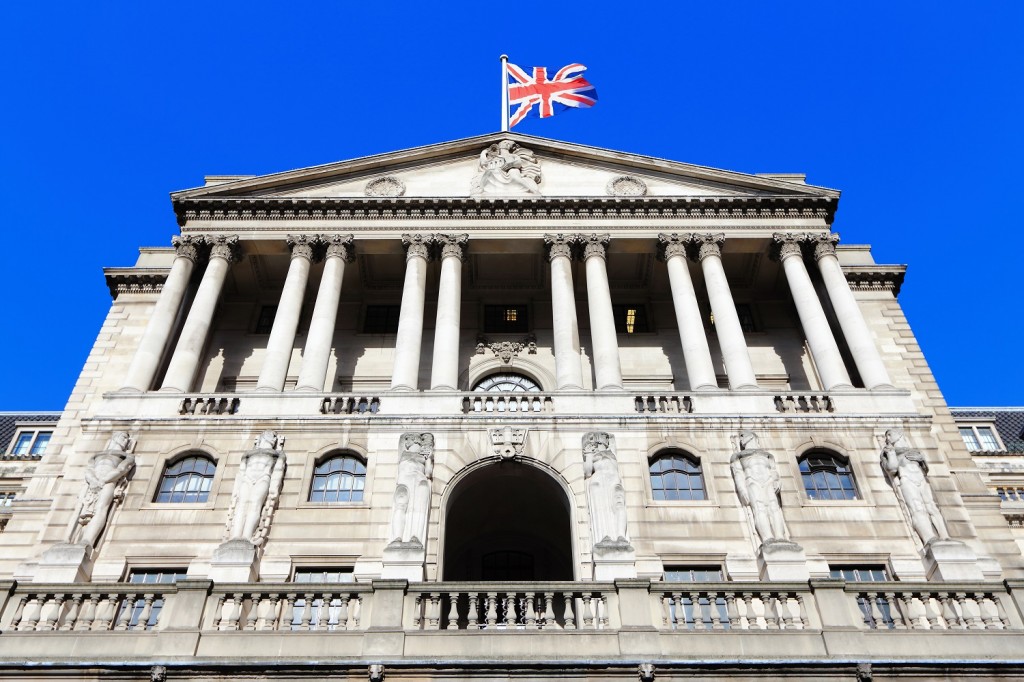
September 24 marks a quarter of a century since the Association of Residential Lettings Agents unveiled BTL at an industry event on London’s Pall Mall.
And from day one, its demise has been forecast, whilst myths and misconceptions have built up around it. BTL became tarred with a ‘grubby’ reputation.
Yet BTL remains undiminished, it remains extremely popular with landlord investors and it remains the most effective and efficient way of both growing and improving the private rented sector (PRS).
More importantly, it has helped provide a good quality home to millions of people across the country.
BTL is now a seasoned, mature financial product. It has weathered two major economic shocks – the global financial crisis and the coronavirus pandemic – as well as government policy designed to quell investor demand.
Too often the focus of criticism is of greedy landlords making easy money. It certainly created an alternative asset class for people to invest in, appealing to those who wanted something more tangible than equities or the chance of better returns than savings accounts.
But the notion that it is easy could not be further from the truth, especially given the changing regulatory and fiscal environment BTL landlords operate in.
It’s often overlooked that landlords are running a business, providing a service that growing numbers of people are utilising. They carry all the risk associated with running that business.
Running a rented property isn’t easy, as any landlord will tell you. It’s hard work, comes with unexpected costs, tenant issues and a legislative framework that is weighted against you.
The majority of tenants enjoy a strong relationship with their landlord; one that is mutually beneficial. You saw evidence of that during the pandemic when the majority of landlords sought to help tenants that may have been struggling financially.
But the minority can make life difficult for their landlord, running rent arrears, causing damage to the property or engaging in anti-social behaviour.
It’s also overlooked how landlords have breathed life back into a PRS that had become synonymous with poor quality housing. The billions of pounds that have flowed into the PRS over the past 25 years have given tenants greater choice and better-quality homes.
Our own research shows that landlords spend an average of £8,000 upgrading a home once acquired and that investment into the sector has helped to drive up standards.
The growth of the PRS has also enabled the social change we have seen in the UK since the start of the 1990s.
Without BTL growing and modernising the PRS, how would the significant expansion of the student population over the past 20 years have been facilitated? Where would the millions of people who have moved to this country to study or work have lived? What would those that simply can’t or don’t want to buy a house have done?
BTL now provides a home to millions from all manner of backgrounds – young and old, rich and poor, singletons and families, those born in the UK and those from overseas who now call the UK their home.
And as we mark its quarter century, it’s contribution to the UK housing mix should be celebrated, applauded, and recognised.
Richard Rowntree is managing director of mortgages at Paragon



